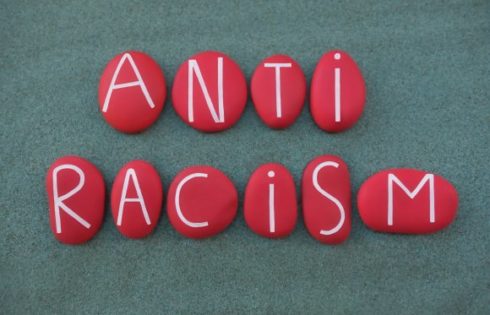The United States Student Association is looking for national board members — of a certain sexual orientation. Wednesday, I received this email from Alexis White, the Multicultural Advocate for the Associated Students of the University of Oregon (ASUO):
“Currently the USSA Board of Directors is in violation of diversity guidelines. It is important that we respect these guidelines for reasons we all might or might not understand. The Board has not met the diversity guidelines stipulated in the Constitution, which require that 30 percent of the Board identify as openly queer. So there are opportunities for those that are interested in applying for the DREAMERS Caucus Chair or as a at large Board member.
This is very important and I am taking the diversity guidelines very seriously. When we set guidelines as a organization it is important that we all do our part to meet them. I have attached the documents via Google docs underneath. Please consider applying to the positions and/or forward to anyone you know that might be interested.”
The question arises: Does one need to identify directly with a specific group of people to advocate on their behalf? Additionally, where did the 30 percent figure come from? Why not 20 percent, or 10 percent, a figure closer to the general makeup of the out-and-queer population of the United States?
The USSA constitution specifies the figure without explaining its basis in 4.2 Voting Members, which reads as following:
“3. Whenever the representation of people of color on the board of directors is less than fifty percent (50%), the NPCSC shall elect students at-large to compensate for the difference. Whenever the representation of women on the board is less than fifty percent (50%), the NWSC shall elect students at-large to compensate for the difference. Whenever the representation of openly lesbian gay, bisexual and transgender students on the board of directors is less than thirty percent (30%), NQSC shall elect students at-large to compensate for the difference, at least fifty percent (50%) of their representatives must be people of color and fifty percent (50%) must be women.”
This brings up another good point. How gay do you have to be to be a member? Is there some sort of gay-o-meter? What if you make out with a girl at a party, does that count? Do you have to date your girlfriend/boyfriend for a specific amount of time in order to be considered?
The USSA constitution comments on this as well, without much substantial clarification, in Section 5.2 Delegate Selection and Diversity Guidelines:
“10. For the purposes of these guidelines, delegates will self-identify with caucuses and affiliates. Self-identification shall mean that a delegate identifies with a particular community to the extent that they feel it is comfortable and appropriate to attend the closed, safe space of a caucus or affiliate meeting. For the purpose of credentialing, a delegate’s declared identity will not be subject to question or review by any means.
11. For the purposes of these guidelines, a delegate shall be said to identify as a person of color only if they identify with NPCSC, Women of Color Caucus, or National Queer Students of Color Caucus. A delegate shall be said to identify as a woman if they identify with NWSC or Women of Color Caucus. A delegate shall be said to identify as queer if they identify with NQSC or National Queer Students of Color Caucus. All other identities shall be determined by identification with the corresponding caucus.”
The United States Student Association (and also the Oregon Student Association) have long faced criticism from the Oregon Commentator for wasting student money on conferences so people can discuss various pieces of legislation and continue to “advocate for students.” Bigger pieces of that tasty financial pie go to board members. Why not open that up to all members of the student populace? Isn’t that the point of the United States Student Association, to advocate on behalf of all students? Then let all students apply to be on student boards, regardless of skin color / sexual orientation / breakfast food preference.
The applications can be downloaded here: At-Large Board Member application and DREAM Caucus application. The USSA governing documents can be found here, or downloaded here.
Lyzi Diamond is the managing editor of the Oregon Commentator. She is a student at the University of Oregon. Katherine Miller contributed reporting to this piece.




Please join the conversation about our stories on Facebook, Twitter, Instagram, Reddit, MeWe, Rumble, Gab, Minds and Gettr.